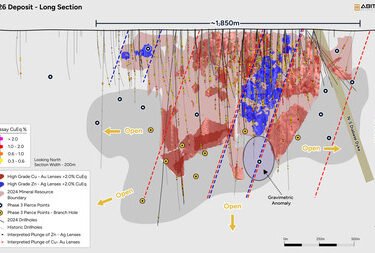The NBA Commissioner, Adam Silver, has acknowledged the league’s growing Achilles tendon injury problem, hinting at integrating artificial intelligence (AI) to analyze and potentially prevent future incidents. This comes after a dramatic rise in Achilles injuries during the 2024–25 season, capped by Indiana Pacers star Tyrese Haliburton’s rupture during Game 7 of the NBA Finals.
Silver confirmed that a panel of experts had already been assembled before Haliburton’s injury to investigate the issue. The 2024–25 season saw seven Achilles injuries, more than any previous season, surpassing the prior high of four. Notably, the previous season had zero Achilles injuries under identical conditions.
The list of affected players includes James Wiseman, Isaiah Jackson, Dejounte Murray, and Dru Smith during the regular season, and Damian Lillard, Jayson Tatum, and Tyrese Haliburton during the playoffs. These injuries raise major concerns about the physical demands placed on modern NBA athletes.
According to the Orthopaedic Journal of Sports Medicine, from 1990–91 to 2022–23, only 45 Achilles ruptures were recorded across 32 NBA seasons. This year’s sudden jump to seven injuries represents a major statistical anomaly.
Adam Silver is now turning to AI to aid the league’s efforts. “I’m hopeful that by looking at more data, by looking at patterns, this is one area where A.I. — people are talking about how that’s going to transform so many areas — the ability with A.I. to ingest all video of every game a player’s played in to see if you can detect some pattern that we didn’t realize that leads to an Achilles injury,” Silver said. “We’re taking it very seriously.”
The timing of the injuries also challenges assumptions. “The majority of Achilles injuries over the last decade occurred before the All-Star break,” Silver stated, suggesting season length alone may not be to blame.
Article Continues Below
Medical experts cite multiple factors behind the rise. Dr. Nirav Pandya (UC San Francisco) pointed to increased explosiveness in modern play, tighter game schedules, and physical wear from year-round basketball—especially youth circuits—as contributors. Pandya added that today’s athletes, like Haliburton, are entering the league with bodies already stressed by early sports specialization.
Dr. Kevin Farmer and Dr. James Borchers support that theory, noting that young players now suffer injuries that were previously seen mostly in older athletes. Haliburton (25), Tatum (27), and Lillard (34) all suffered Achilles injuries this postseason. “Instead of athletes getting them in their 30s or 40s, we’re seeing it early on because of the excessive stress they’ve developed their whole lives,” said Farmer.
Haliburton’s case also reignited debate about playing through injury. After suffering a strained calf in Game 5, he chose to play in Game 7. Medical experts suggest that calf injuries place additional stress on the Achilles, greatly increasing rupture risk. A similar situation occurred in 2019 with Kevin Durant, who tore his Achilles after returning from a calf strain in the NBA Finals.
Though recovery has improved, explosive players like Haliburton face steeper comebacks than shooters like Durant. Now, with AI, the NBA aims to better understand and prevent these game-changing injuries.




